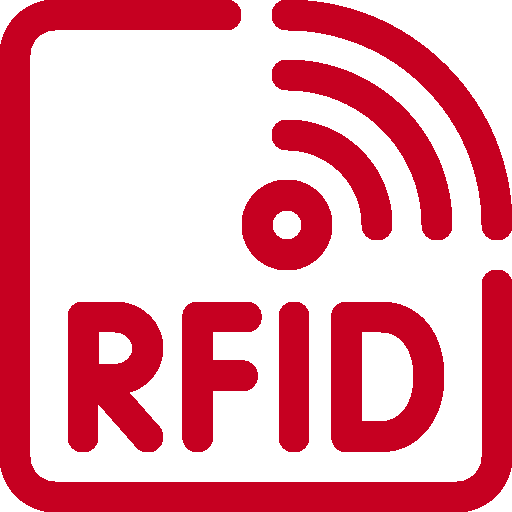RFID Introduction:
Radio Frequency Identification (RFID):
RFID is an Automatic Data Capture (ADC) technology that uses radio-frequency waves to read a movable item to identify, categorize & track… RFID is fast, reliable, and does not require physical line of sight or contact between reader/scanner and the RFID tagged item.
How does RFID operate?
RFID tags are affixed to objects and stored information may be written and rewritten to an embedded chip in the tag Tags can be read remotely when they detect a radio frequency signal from a reader over a range of distances Readers then either send tag information over the enterprise network to back-end.

RFID system components: (Basic)

RFID Tag

RF Antenna

RFID Reader

PC (APP)

Network
RFID vs. Barcode
| RFID | Barcode | |
|---|---|---|
 |
|
|

|
|
|

